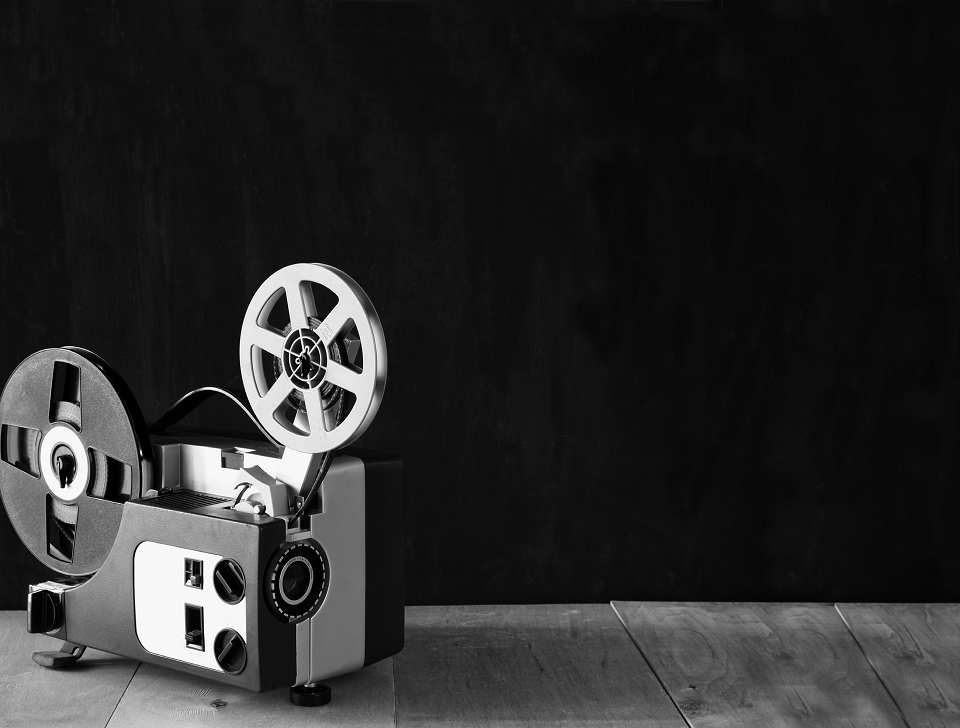History of Cinematography
Cinema is younger than theatre. When cinema was born, it was the end of the 19th century. The Lumiere Brothers were the first people who showed the first movies to a paying public. They did it on the 20th of February, 1896, at the Grand Cafe, Paris. This was the very first cinema show and it was followed by many others all around the world. In 1996, people celebrated the hundredth anniversary of cinematography.
In the first films, moving people, transport, wars and some short comedies were showed. In 1901, France was the first country to produce a dramatic movie, The Story of a Crime. It was followed by The Great Train Robbery in The United States in 1903.
Films were shown anywhere at first, like music halls, clubs and shops. Special movie theatres were built to give regular programmes by 1908. At that time, cinema quickly developed in both the New and the Old World. In 1914, Charlie Chaplin made his first film called Making a Living. The world was crazy about Charlie at that, a character which was created by Charlie Spencer Chaplin. His Charlie was clumsy and small, but kind hearted, generous and brave. That’s why he attracted the hearts of people in different countries. Sometimes they waited in long queues to see their favourite actor in films. The first films were melodramas or comedies in the West.
Then Warner Brothers made the first film in Hollywood, in 1927. The film, in which the actor sang and spoke, was called Jazz Singer. It opened a new era in movies, the era of the “talkies”. The movie told its story with titles, but it had three songs and a short dialogue. There were many people waiting to see it in front of the Warner Theatre in New York. The silent film was nearly dead within a year. The very first one hundred percent sound film appeared in 1928. It was called “Lights of New York”. The first coloured films were made in the 1930s, but some black and white films are still made today.
Adapted from Islcollective’s website

